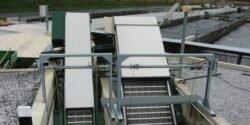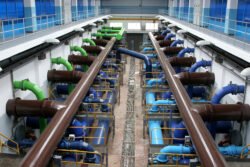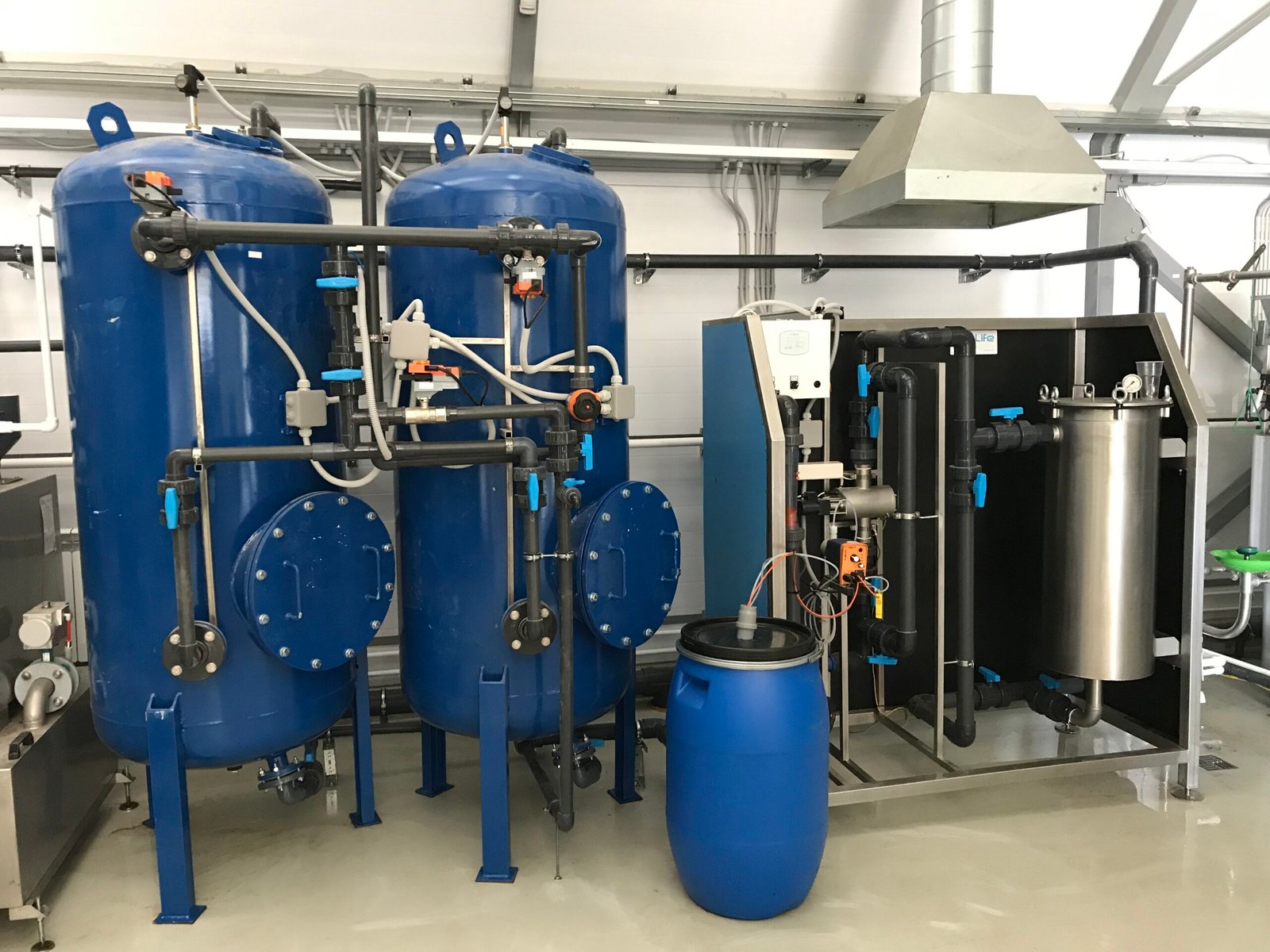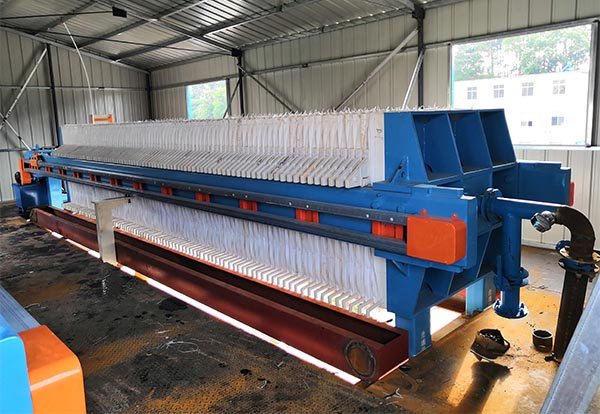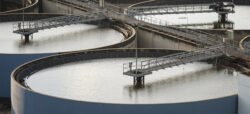Comprehensive Analysis of Wastewater Treatment Equipment: Innovations, Challenges, and Solutions
Introduction
As the global population continues to expand, the demand for effective wastewater treatment has never been greater. According to the World Health Organization (WHO), more than 2 billion people lack access to safely managed drinking water, and inadequate sanitation remains a leading global health crisis (WHO, 2021). With increasing industrial activity and population growth, municipalities face significant challenges in managing wastewater efficiently. This article aims to provide an authoritative overview of wastewater treatment equipment, looking into its types, operations, innovations, and the associated challenges while offering viable solutions tailored for wastewater professionals and facility managers.
Understanding Wastewater Treatment Equipment
1. Definition and Importance
Wastewater treatment equipment refers to the various systems and technologies employed to treat sewage, industrial waste, and stormwater runoff to remove contaminants. This process is essential not just for protecting public health but also for safeguarding ecosystems and promoting sustainable development.
According to the Environmental Protection Agency (EPA), the U.S. generates approximately 34 billion gallons of wastewater daily, necessitating the need for robust treatment solutions. The safe treatment and management of this wastewater are crucial to prevent environmental pollution and public health crises.
2. Types of Wastewater Treatment Equipment
When it comes to wastewater treatment, several key equipment types play a vital role in the process. These include:
a. Preliminary Treatment Equipment
-
Bar Screens: Bar screens filter out large solids and debris from incoming wastewater, preventing damage to downstream equipment. Research indicates that bar screens can eliminate up to 95% of large solids, which is particularly crucial in preventing clogs (Environmental Science & Technology, 2021).
- Grit Chambers: These devices allow sand, gravel, and other heavy particles to settle before the water undergoes further treatment. This is crucial in minimizing wear and tear on mechanical components.
b. Primary Treatment Equipment
- Sedimentation Tanks: These tanks remove settleable solids through gravity. Statistics show that primary treatment can reduce suspended solids by 50-70%, thereby decreasing the load on secondary treatment systems (Water Environment Federation, 2020).
c. Secondary Treatment Equipment
-
Activated Sludge Systems: Utilizing microorganisms to digest organic matter, these systems can achieve up to 90% reduction in biochemical oxygen demand (BOD), as documented in recent environmental engineering studies.
- Membrane Bioreactors (MBRs): Combining biological treatment with membrane filtration, MBRs produce high-quality effluent suitable for reuse. It addresses many pain points by providing a compact area requirement and producing high-quality effluent that can be reused in various applications.
d. Tertiary Treatment Equipment
-
Disinfection Units: These include ultraviolet (UV) light and chlorination systems that effectively eliminate pathogens, ensuring the effluent meets safety standards. The EPA states that UV disinfection can reduce pathogen levels by up to 99.99%, making it an essential component of wastewater treatment.
- Advanced Filtration Systems: Adding another layer of treatment, advanced filtration systems remove remaining contaminants, ensuring that the treated water meets or exceeds regulatory standards.
3. Challenges in Wastewater Treatment
Despite advancements in technology, the wastewater treatment sector faces numerous challenges, including:
a. Aging Infrastructure
A significant portion of wastewater equipment in use today is outdated, often leading to inefficiencies and higher operational costs. According to a 2021 report by the American Society of Civil Engineers (ASCE), nearly 30% of wastewater treatment plants in the U.S. are over 30 years old.
b. Regulatory Compliance
Strict regulations on effluent discharges require facilities to invest in advanced treatment solutions. Facilities failing to comply with these regulations face hefty fines. Research from the National Resource Defense Council highlights that non-compliance can lead to fines exceeding $200,000, emphasizing the need for reliable wastewater treatment equipment.
c. Operational Costs
Running a treatment facility can be expensive, especially when energy costs are factored in. According to the Water Research Foundation, energy costs can account for up to 30% of total operational expenses, leading to a pressing need for energy-efficient solutions.
4. Innovations and Solutions in Wastewater Treatment
a. Energy-efficient Technologies
Recent innovations in wastewater treatment technologies have focused on energy efficiency. For example, aerobic digestion processes are being optimized to reduce energy consumption, leading to operational cost savings of up to 20% (Journal of Environmental Engineering, 2021).
b. Smart Water Technology
The integration of IoT (Internet of Things) and real-time monitoring systems enhances operational efficiency. By monitoring equipment performance and predicting maintenance needs, facilities can reduce downtime and extend the lifespan of wastewater treatment equipment.
c. Resource Recovery
Emerging technologies focus on resource recovery from wastewater, such as nutrient recovery systems that convert wastewater into fertilizers, thus addressing nutrient pollution and promoting sustainability. Studies indicate this approach can contribute to a circular economy, saving up to $2 billion in resources annually (Journal of Cleaner Production, 2022).
5. Best Practices for Facility Managers
To address the challenges mentioned above effectively, facility managers can implement several best practices:
-
Routine Maintenance: Regular maintenance of wastewater treatment equipment minimizes downtime and ensures optimal performance.
-
Employee Training: Continuous training ensures that staff stay updated on best operational practices and innovations in wastewater treatment technology.
- Regulatory Awareness: Staying informed about changes in wastewater treatment regulations can preempt non-compliance issues and potential fines.
Conclusion
The landscape of wastewater treatment equipment is continually evolving, driven by technological advancements, regulatory challenges, and the pressing need for sustainable solutions. As municipalities and industries navigate these complexities, informed decisions about equipment, maintenance, and operational practices are paramount for effective management.
The emphasis on energy-efficient technologies, smart water solutions, and resource recovery highlights the sector’s commitment to advancing towards a sustainable future. By addressing the challenges head-on and embracing innovative solutions, wastewater treatment professionals can make significant strides in improving public health and protecting our environment.
Frequently Asked Questions (FAQs)
-
What are the primary types of wastewater treatment equipment?
- Wastewater treatment equipment includes preliminary treatments like bar screens and grit chambers, primary treatments like sedimentation tanks, secondary treatments such as activated sludge systems and membrane bioreactors, and tertiary treatments including disinfection units and advanced filters.
-
What are the main challenges faced by wastewater treatment facilities?
- Key challenges include aging infrastructure, regulatory compliance issues, and high operational costs due to energy expenditures.
-
How do smart technologies enhance wastewater treatment?
- Smart technologies leverage real-time monitoring and IoT integration to improve operational efficiencies and predictive maintenance, ultimately reducing costs and enhancing performance.
-
What solutions are being implemented to make wastewater treatment more sustainable?
- Innovations such as energy-efficient processes, resource recovery systems that convert sludge into usable products, and advanced filtration technologies are paving the way for a more sustainable approach.
- What is the future of wastewater treatment technology?
- The future is likely to see increased automation, advanced resource recovery methods, and a stronger emphasis on sustainability and energy efficiency, aiming toward a circular economy model.
By recognizing these challenges and embracing innovative technologies and best practices, stakeholders in the wastewater treatment sector can ensure they not only meet current demands but also pave the way for a sustainable future.
source https://www.waterandwastewater.com/wastewater-treatment-equipment/

